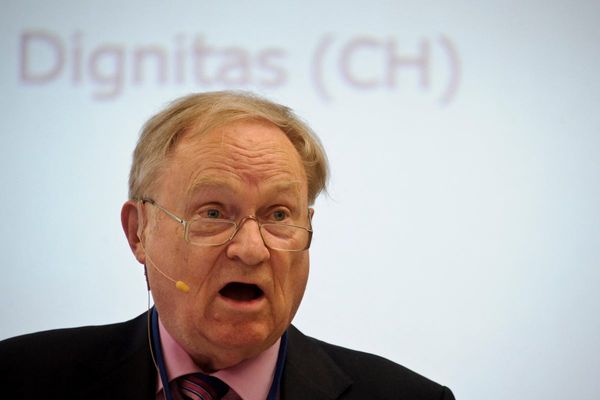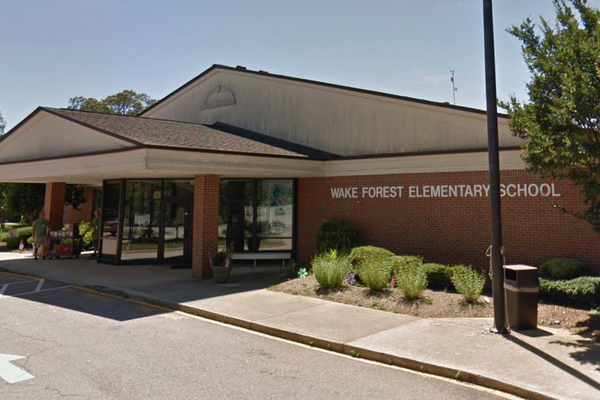
Millions of Australians eligible to take up the federal government’s new 5% deposit scheme could be unable to afford mortgage repayments, new analysis has shown.
Data compiled by the Parliamentary Library and commissioned by the Greens shows of the 3.8 million Australians in the top 10 most common professions in Australia, the vast majority would be unable to afford mortgage repayments on the median Australian home without falling into housing stress.
On Wednesday, the government expanded the scheme, which helps eligible first-time buyers get into the market with a deposit of as little as 5% by lifting borrowing limits and income caps.
As of March, it takes a median-income household – earning a gross income of about $100,000 per year – 10.5 years to save a standard 20% home deposit, according to CoreLogic.
New analysis reveals that under the 5% deposit scheme, a nurse earning an average income would spend 76% of their earnings on mortgage repayments if they bought a house in Sydney, where the median sale price is $1,490,000.
Buying a house or unit in Melbourne, Brisbane or Adelaide would also put them in housing stress, while buying a median-priced unit in Perth, Hobart, Darwin and the ACT would keep their repayments at just under 30%.
Sign up: AU Breaking News email
Sales assistants, the largest occupation in the country, make an average $71,350 a year, leaving them unable to afford a house or unit in any state. The repayments of a median house in Sydney would cost 139% of their annual wage, while a unit in Hobart would be the most affordable at 49%.
For a school teacher, the second-largest occupation, a median house in Sydney repayments would cost 87% of their income, while for a personal carer or assistant they would cost 122%.
The Greens’ housing and homelessness spokesperson, Senator Barbara Pocock, said first home buyers with a 95% mortgage debt would be slammed with more than $1,000 in weekly mortgage repayments.
“Labor is asking our nurses and teachers to spend the bulk of their income on mortgage repayments. How are they supposed to live?” she said. “It’s reckless to push people into loans they can’t afford while the banks cash in.”
Pocock said the scheme will only inflate housing prices, locking more people out of property ownership in the long run.
“This isn’t a housing fix. It ignores the real causes of the housing crisis. We should cut tax breaks for wealthy property investors and build affordable and social housing,” she said.
A spokesperson for the housing minister Clare O’Neil said the Greens could not be taken seriously on housing.
“Just this week the nimby Greens voted to oppose 30,000 new homes in Sydney’s inner west – if they actually cared about housing affordability then they should start by supporting new homes, not opposing them,” the spokesperson said.
“The 5% deposit scheme is there to help people get into the housing market by cutting down the time it takes them to save for a deposit from 11 years to two to three years.
“Banks obviously still need to fulfil their responsible lending obligation. Labor has an ambitious $43bn housing agenda to build more homes, get renters a better deal and help people buy a home of their own.”
Some economists have argued the schemes actually make the crisis worse by putting more competition in the market, while housing experts say there is too much emphasis on first home buyers as governments ignore others who are struggling.
According to the latest Money.com.au first home buyer mortgage insights report, a total of 125,036 first home buyer loans were issued in Australia in the year to March 2025.
That was an increase of 3.8% from the preceding period, largely driven by first home buyer schemes, according to Money.com.au.
Saul Eslake, an independent economist, said any policy which enabled Australians to spend more on housing than they would otherwise could afford resulted in more expensive housing and a smaller proportion of the population owning homes than otherwise.
Such policies included not just first home owner grants but also “stamp duty concessions, mortgage deposit guarantee schemes, shared equity schemes, tax breaks for property investors and also lower mortgage interest rates and easier lending criteria on the part of lenders”, Eslake said.
Eslake said the first home buyer schemes simply “reshuffle the queue” of first home buyers without doing anything to lift the overall proportion of people who are homeowners.
The real issue is that politicians want to keep seeing house prices rise, he said, because there are 11 million homeowners and 2 million investors.
“The reason why the housing affordability crisis doesn’t get solved is because a very large majority of the electorate doesn’t want it to be solved,” he said. “And politicians from both sides of the political divide know that.”







